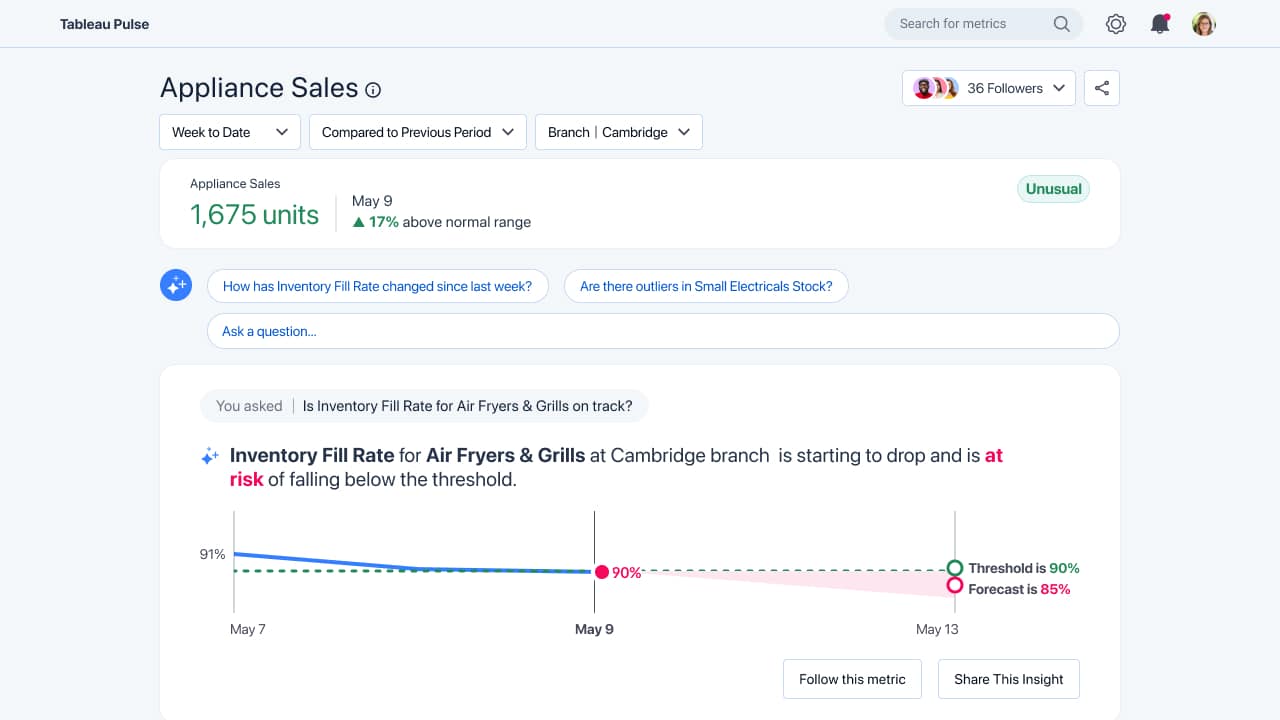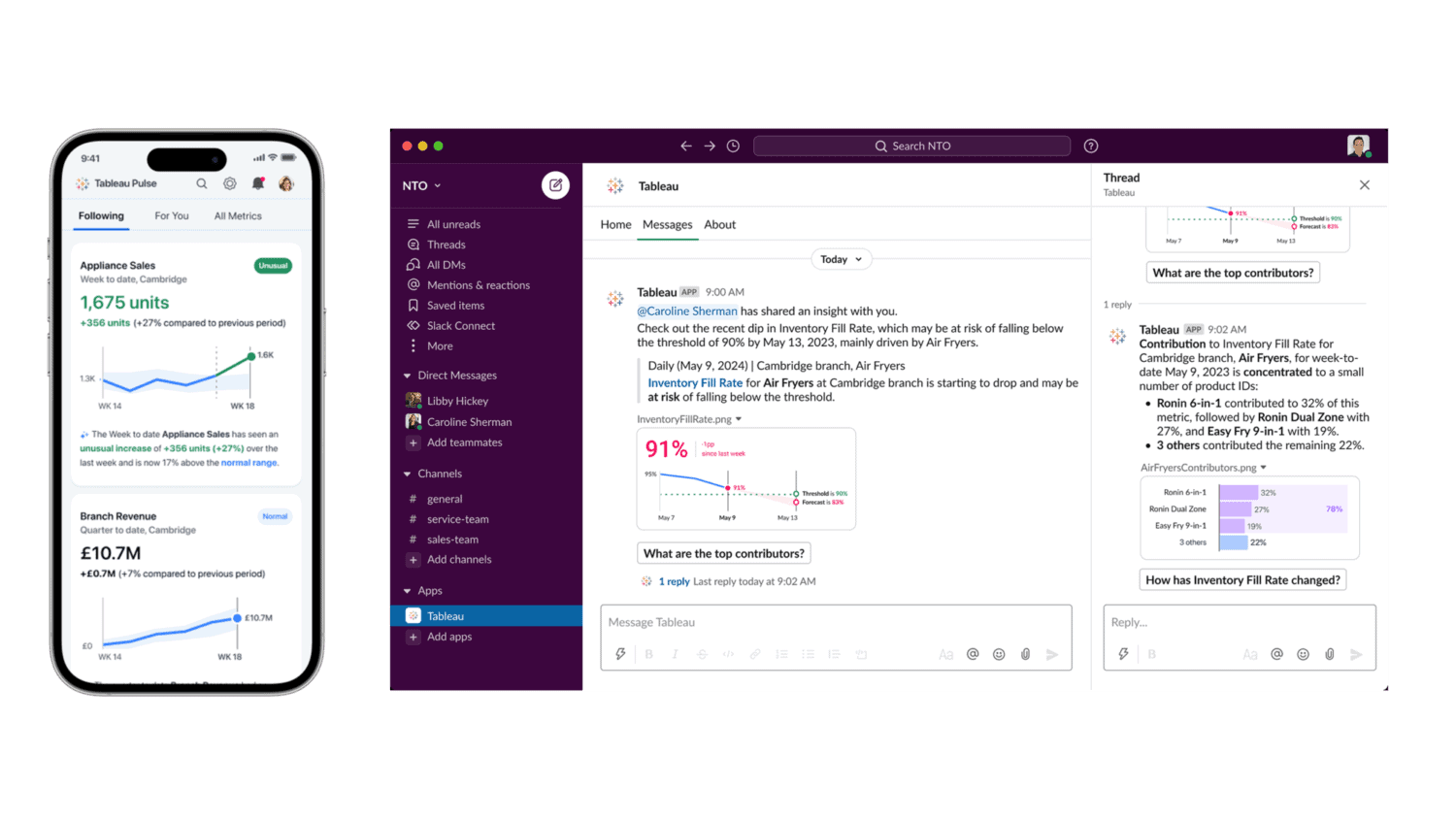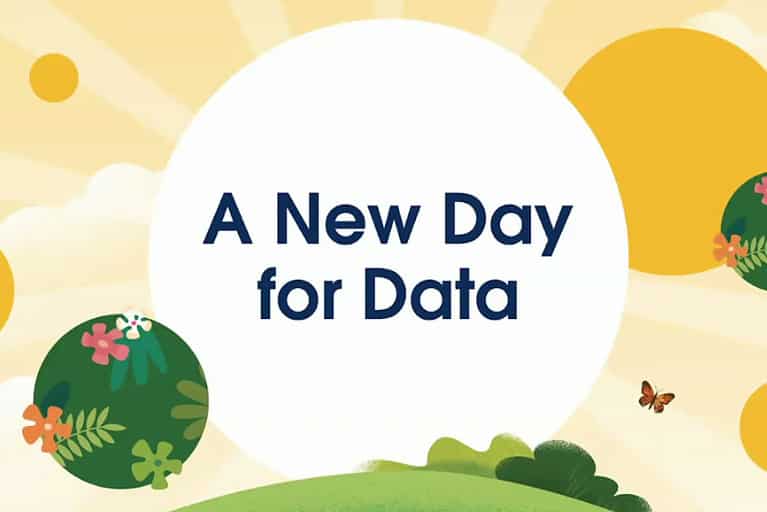Salesforce just made Tableau Pulse available to the general public. Tableau Pulse is an AI functionality capable of analyzing and providing insights on data on its own. Users are presented with graphs and tables with supporting descriptions stating what conclusions can be drawn from the data. This is similar to the work a data analyst does.
A data lake or data warehouse is the first step in a data strategy. Step two is making the data insightful so that conclusions can be drawn from it. A lot of organizations struggle with step two. Many IT decision-makers recognize this as the biggest problem in their data strategy. They are sitting on a gold mine of data but are unsure how to analyse it and create insights.
Many organizations now set up teams of data analysts who work with the data and create the analyses and insights the IT decision-makers seek. However, there is a massive shortage of data analysts who need the right questions to produce the best results.
Analytics and insights instantly accessible to decision makers
Work on Tableau Pulse has been underway at Salesforce for some time. Tableau Pulse uses generative AI to analyze enterprise data and create insights. This should give decision-makers instant access without the intervention of a data analyst.
Tableau Pulse consists of several components, the most important of which is Tableau Pulse Insights Platform. This platform can automatically detect trends, anomalies and outliers in the data. Then, the platform can make the outcomes insightful with charts, tables and accompanying descriptions. For example, a marketing manager can receive a message that a particular ad campaign has suddenly performed much worse over the past 24 hours. Tableau Pulse doesn’t need a question to come up with results, it can come up with results all by itself.

Tableau Pulse on Mobile and Tableau Pulse Slack Digest
With Tableau Pulse on Mobile, users can also ask Tableau questions via a smartphone or tablet. Tableau uses natural language processing to process these questions. For example, a user can ask, “How much did last month’s sales differ from a year earlier?” Tableau Pulse can generate a graph in real-time in which it plots the number of sales for each day of the past month and compares them to a year earlier. In addition, Tableau Pulse can also further analyze the data to provide interpretation with a description.
Users can also receive digests of Tableau analyses in a Slack channel of their choice. For example, to receive daily updates on how specific processes or campaigns are running.

Will Tableau Pulse make your data analyst obsolete?
Data analysts can breathe easily; they don’t have to fear for their jobs immediately. Tableau Pulse offers all users the ability to create data analyses themselves. However, data analysts still need to set the context and make the data available within Tableau.
Data analysts are significantly unburdened with Tableau Pulse. Management might now ask a data analyst to create a report for a simple analysis. With Tableau Pulse, executives will soon have direct access to those themselves, simply by posing a question to Tableau Pulse.
Features for data analysts
This allows data analysts to engage in more complicated matters. Among other features, data analysts gain access to the Tableau Pulse Metrics Layer. This allows data analysts to define what specific data is or means in the business context. Tableau knows how to read and interpret the data based on that information.
Data analysts can create segments within data sets with the Visual Segment Creation in Data Cloud. For example, with spatial mapping, defining a geographical area or creating certain target groups based on interests. By creating segments, normal business users can do better analysis because they can use the most relevant data.
Also read: Tableau GPT “brings data to life” and makes it more broadly relevant
Tableau Cloud now available in AWS Marketplace
Salesforce has also made Tableau Cloud available in the AWS Marketplace. This allows customers to use Tableau Cloud directly in AWS and quickly unleash it on the data present in AWS without additional egress costs. Tableau Cloud is available in three flavors: Viewer, Explorer and Creator, for $15, $42 and $75 per user per month.
Tableau Pulse is available for free within Tableau Cloud
Unlike many other generative AI services, Tableau Pulse is available for free within existing Tableau Cloud subscriptions. Thus, customers do not have to pay extra to use Tableau Pulse.
